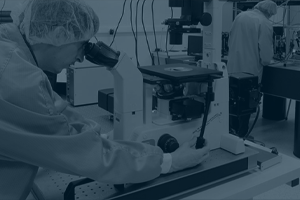Innovation is perceived as the new normal. Nevertheless, innovation involves taking risks and goes with learning and failing. To ease the risks and costs of innovation, your business can have access to subsidies.

Every type of innovation (incremental, breakthrough, technology, business model …) fits with its own funding scheme. However, the application procedure can seem discouraging. Are you insecure about eligibility and your project’s innovative character? The technologies that offer a solution? Uncertain about the valorization route or how to document your project? Here you find insights to ensure receiving subsidies from Vlaio, Interreg, Eureka, ESA …
Stepwise approach to successfully apply for subsidies
Step 1: ask yourself why you need funding
The first question you need to ask yourself is: “Why is our innovative idea important for our company?” To successfully apply for subsidies, you need to know whether it fits in a wider growth trajectory, whether it contributes to a technology or service platform. Will a successful project lead to a competitive advantage? Does the project go beyond the current state-of-the-art? Will your customers or end-users benefit from new or improved services or products?
Step 2: ask the same questions from the perspective of the respective funding agency
Why should they grant you subsidies? What’s their return on investment and how will you justify this? A successful subsidy application describes the road map towards valorization. It shows how this project will enhance the R&D capabilities of the (Flanders) ecosystem, potentially through collaboration with other companies or research institutes.
You should also know the ins and outs of your company and demonstrate them with for example a SWOT analysis. For ESA funding applications, it’s recommended to clearly point out not only why this specific space technology makes a difference in the application, but also why this space technology is a value creating component fulfilling an essential role for your innovation.
Step 3: broaden the scope and work towards the subsidy strategy
A successful product or service always balances 3 pillars: business goals, technology enablers and user needs. All these aspects are closely related and strengthen each other.
Why is this the most appropriate technology for the added value you’re going to capture with your product? We recommend to clearly benchmark the chosen technology versus other technological choices and point out why this is expected to be the ‘best’ one? The table on the next page gives an overview of the different technologies used as gesture-based human-machine-interface of devices and some characteristics of these technologies.
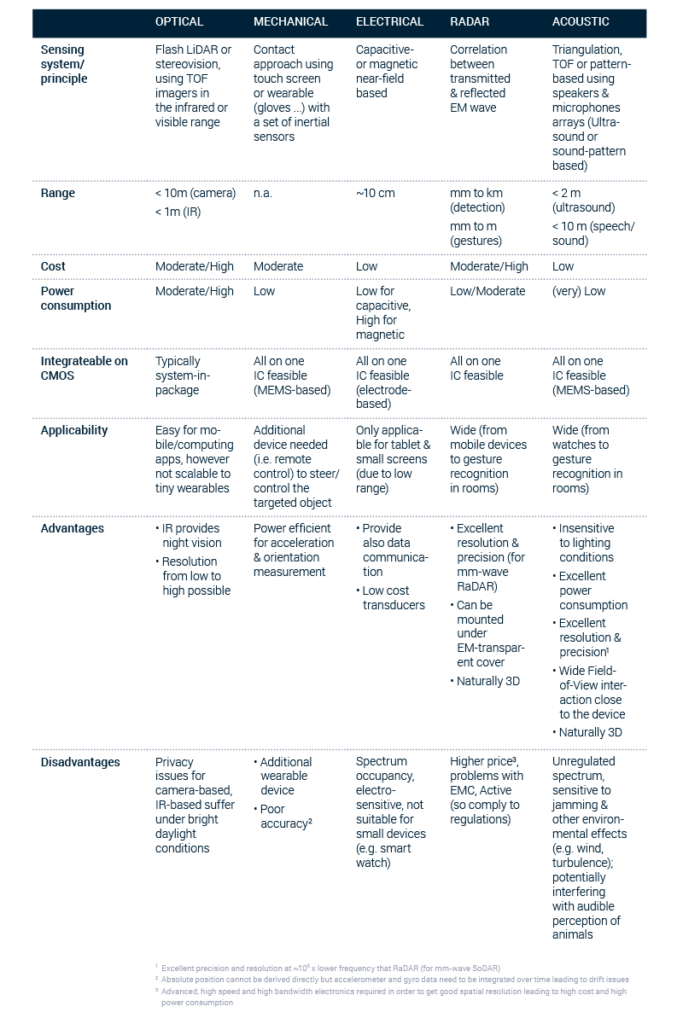
What evolution can be expected from the technology in the future (price decrease, increase in performance, miniaturization, demand increase …)? One of the ways we can verify this is f.e. in the increase in patents during the past 3 years. Is there an increasing trend line in the patent claims in this technology?
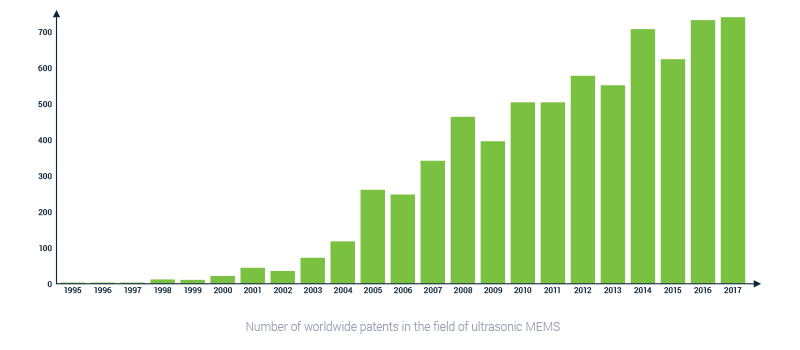
But of course other criteria for trending can be taken into account such as:
- Price decrease
- Performance increase year to year
- Increasing number of applications
- Growing number of companies deploying or offering …
Technology swap versus new value creation. How it differentiates in your request for subsidies? How will the technology enhance your competitive strength (sales volumes, product differentiation, price competitiveness, new unique highly desired functionalities, …)? We advise to deeply consider how you’d like to evaluate the value the technology brings to your users in the envisaged application. A difference should or could be made when a technology swap is considered for decreasing the product price versus an innovation project where technology is offering new features and hence new values to the end users.
In a technology swap the value is of course defined by the potential cost decrease you can create and/or split between you and the customer. Through quick designs and determining every component, we suggest to make a price estimate relative to the existing product. This is possible as no new features are added and you estimate that the desirability to users remains unchanged.
In the new value creation situation it is however much more difficult. A relative comparison merely from a cost perspective is not equal to the price a customer is willing to pay. The value or price an end user assigns is a combination of the utility and desirability he or she attributes to the product and hence not only a rational decision or evaluation. In order to assess new features on top of the existing product functions and to compare with the previous price level, a more in-depth investigation is required.
Verhaert developed a specific toolset to make quick comparative evaluations to get a relative comparison in this field. More information on the toolbox called LyticsTM can be found on www.slideshare.net.
Step 4: technical writing
Let’s transform the subsidy strategy into a structured application file, by tackling several aspects: take your time to explore the state-of-the-art and how your project will reach beyond. For this topic we advise to use scientific papers, review articles, patents … to sketch an overview of the current state-of-the-art. Be aware to make a distinction between scientific state-of-the-art (i.e. what is recently investigated by universities) and commercial state-of-the-art (what are most recent and best practices or latest products available in the market).
Attention points of a solid work plan
By dividing the project into work packages, each with their own milestones and check gates, we set you on track for a successful execution of the project. A fail fast and cheap methodology like Verhaert’s RICE helps to build a solid workplan.
- Identify the unknowns and start with those. When we learn the unknowns first in the early phase of the project, we avoid trying to manage them as last thing.
- Have a backup plan. Don’t start with only one concept in mind. A plan should allow you to have alternatives in order to have some flexibility when a failure or problem occurs.
- Look global, we recommend to start with mapping the complete system and technology, not the subsystem only. When focusing only a subset of the overall product or process, and the associated technology, you risk to be blind for risks in other parts and/or incompatibilities with the complete system (i.e. interface issues).
- Slice the problem and the plan: every problem can be divided into smaller problems. A big problem often seems much more difficult to tackle than the sum of the smaller-scale problems in which it is divided. It brings clarity and focus. Divide the plan according to the subproblems.
Be inspired by ongoing funded projects
We hope these attention points will help you in developing a better technical proposal. Feel free to contact us for any help in this matter. Some of our ongoing funded projects:
SHAKE (imec.icon project)
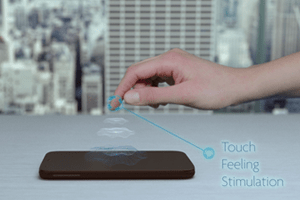
With haptic feedback, a computer or machine can ‘touch’ a user by triggering receptors in their skin. A new approach to haptic feedback is the use of ultrasonic waves to generate a local pressure field, causing the user to feel a light sensation. As this technique has not been fully explored, the SHAKE project studies the effects and application domains of mid-air haptics to create a convincing and ‘pressable’ virtual button.
SILENSE (ECSEL project)
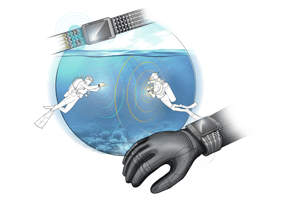
A common problem for divers, especially in difficult conditions such as murky water or strong currents, is staying together with their dive buddy. In the SILENSE project, Verhaert develops an underwater localization system based on ultrasound signaling. The device provides distance and bearing information and allows recovering your dive buddy.
eWATCH (ITEA3 project)
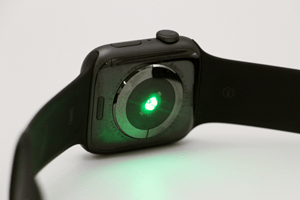
There is great promise in wearable health monitoring systems in allowing individuals to closely monitor changes in their vital signs and providing feedback to regain or maintain optimum health. Monitoring hearth rate, blood pressure and blood glucose levels, oxygen saturation, physical activity and other physiological parameters will minimize the cost of treatment and enhance the quality of life. Verhaert is developing an AI application to estimate absolute blood pressure based on raw PPG signals.
Recent realizations
Furthermore, we recently helped our customers to file requests for subsidies in the following domains:
- A cost effective wireless router using the latest WiFi technology with custom antenna design
- Medical image guided robotics
- More accurate air quality measurements
- Detecting and tracking of unknown vessels in tough weather conditions
Interesting read
Some articles you might be interested in:
- vlaio.be/nl/nieuws/vlaanderen-stimuleert-extended-reality
- vlaio.be/nl/nieuws/vlaio-lanceert-icon-oproep-gepersonaliseerde-geneeskunde
- business.esa.int/funding/invitation-to-tender/esa-5groningen-opportunity
- business.esa.int/funding/invitation-to-tender/artificial-intelligence-kick-start
Download the perspective



